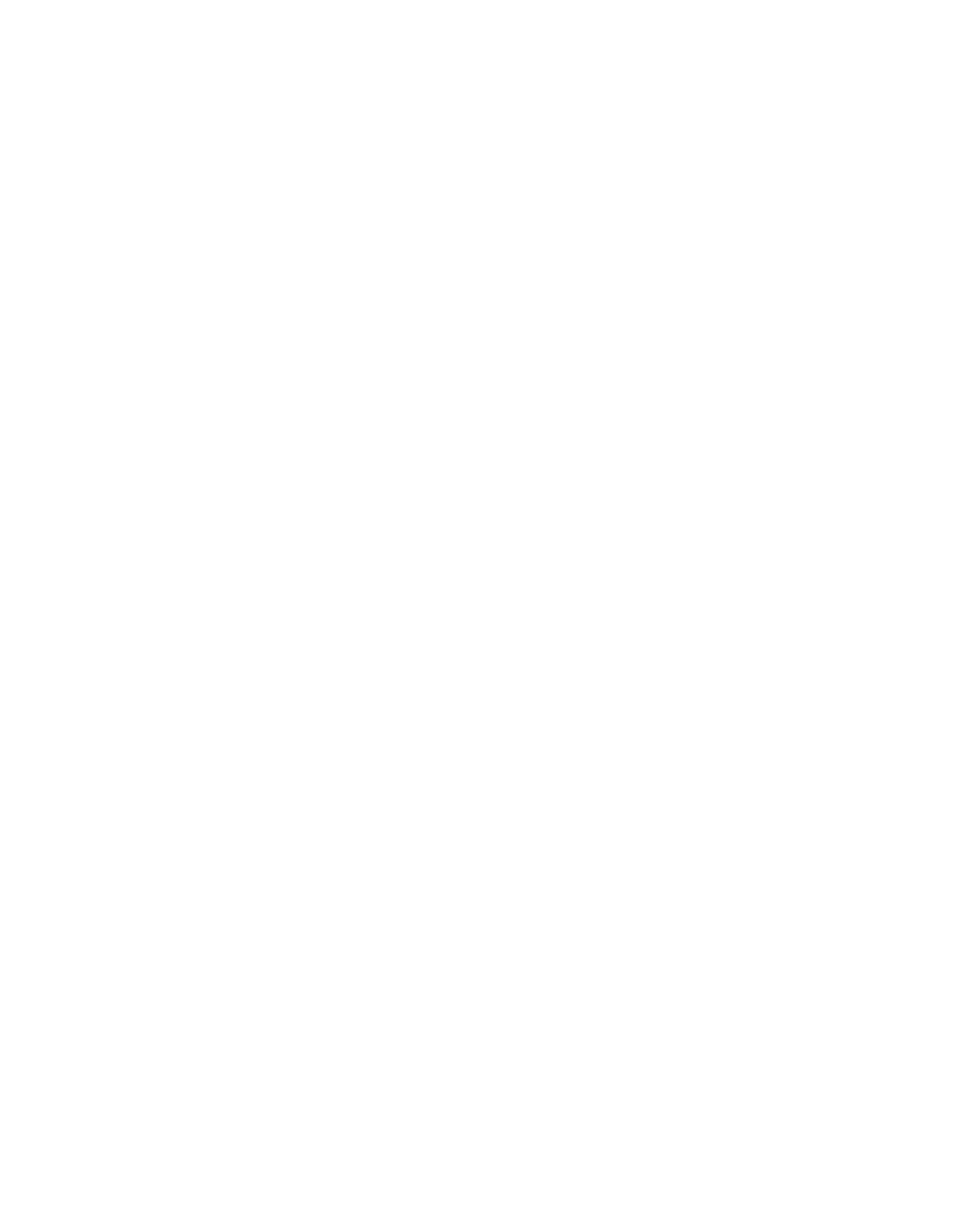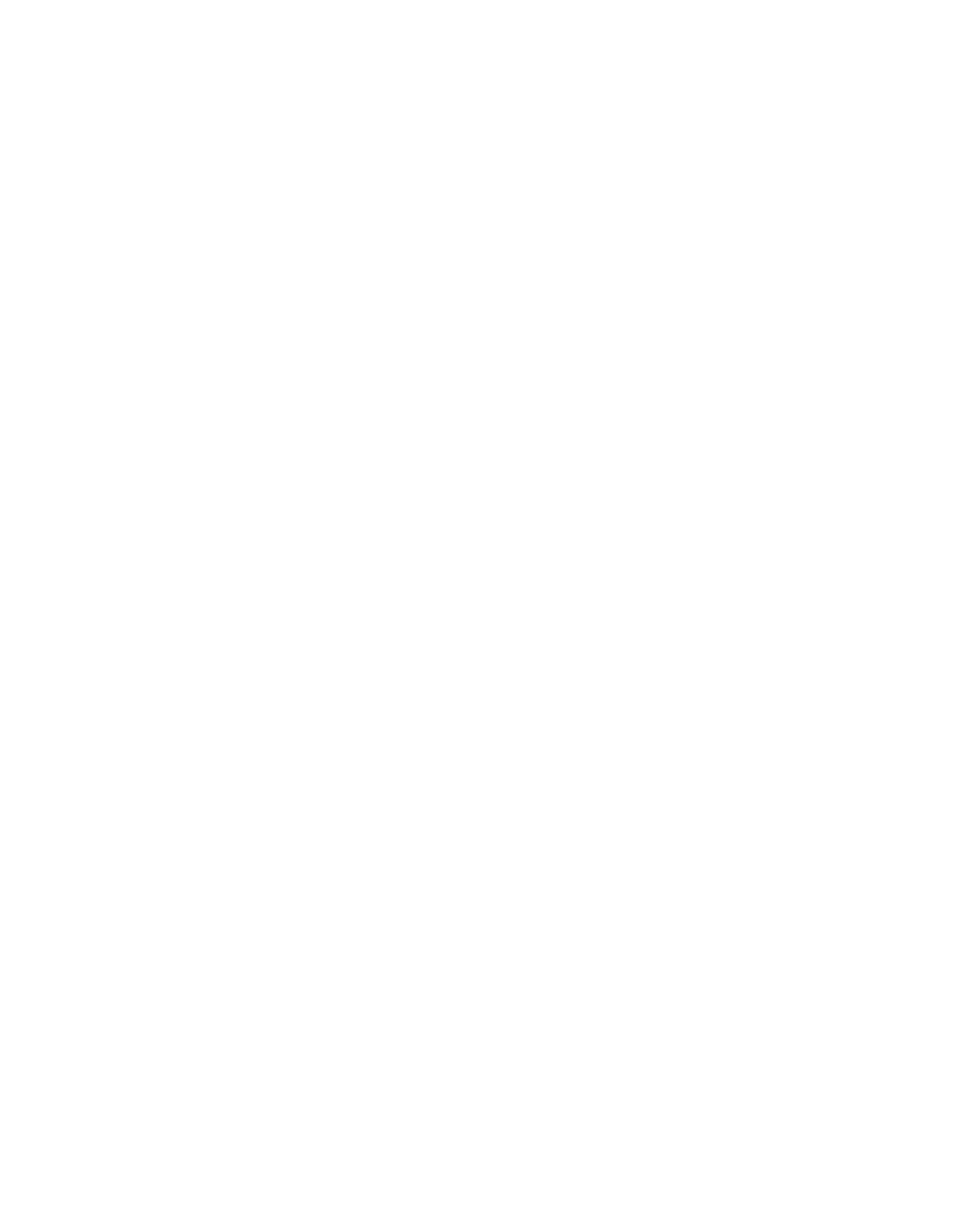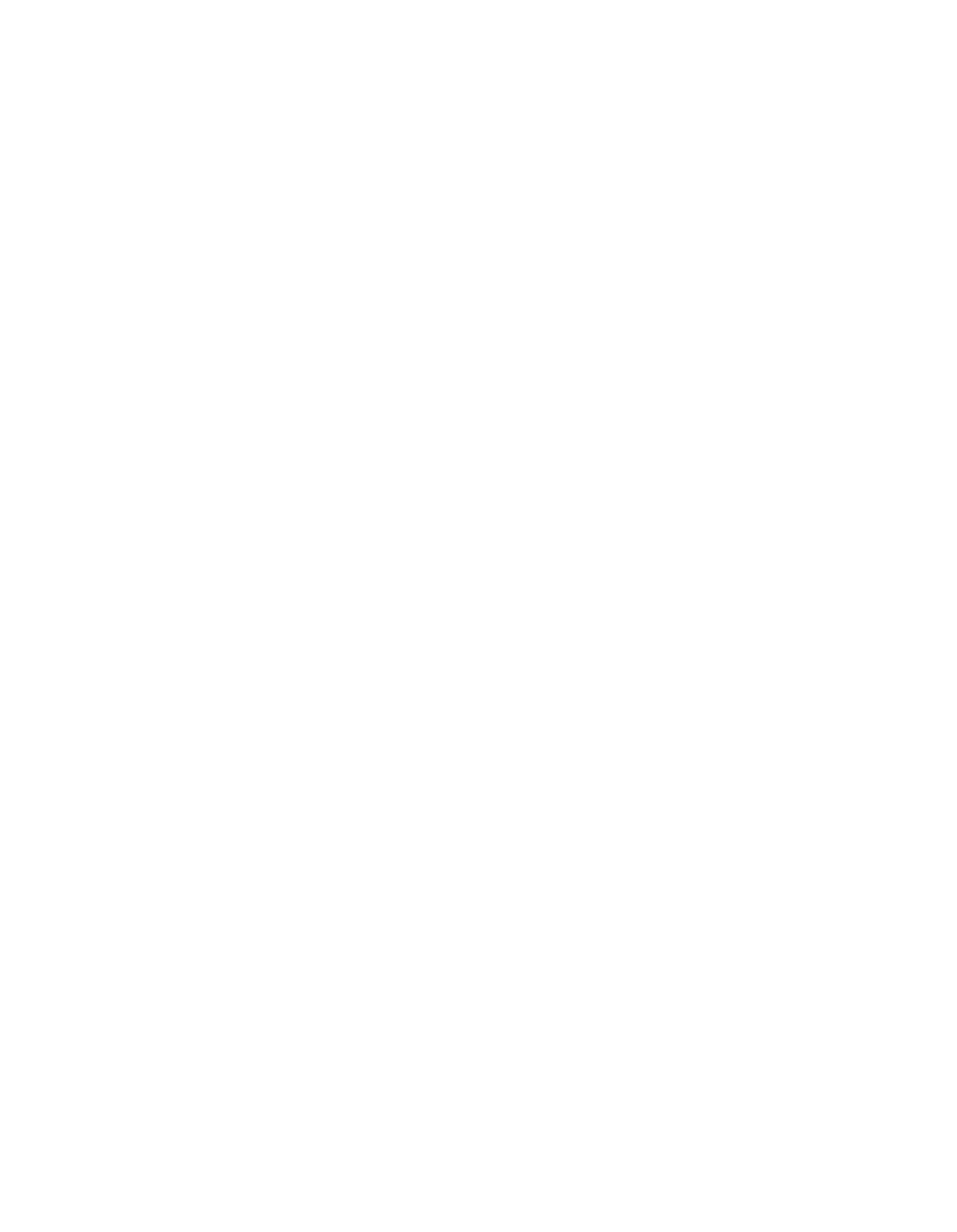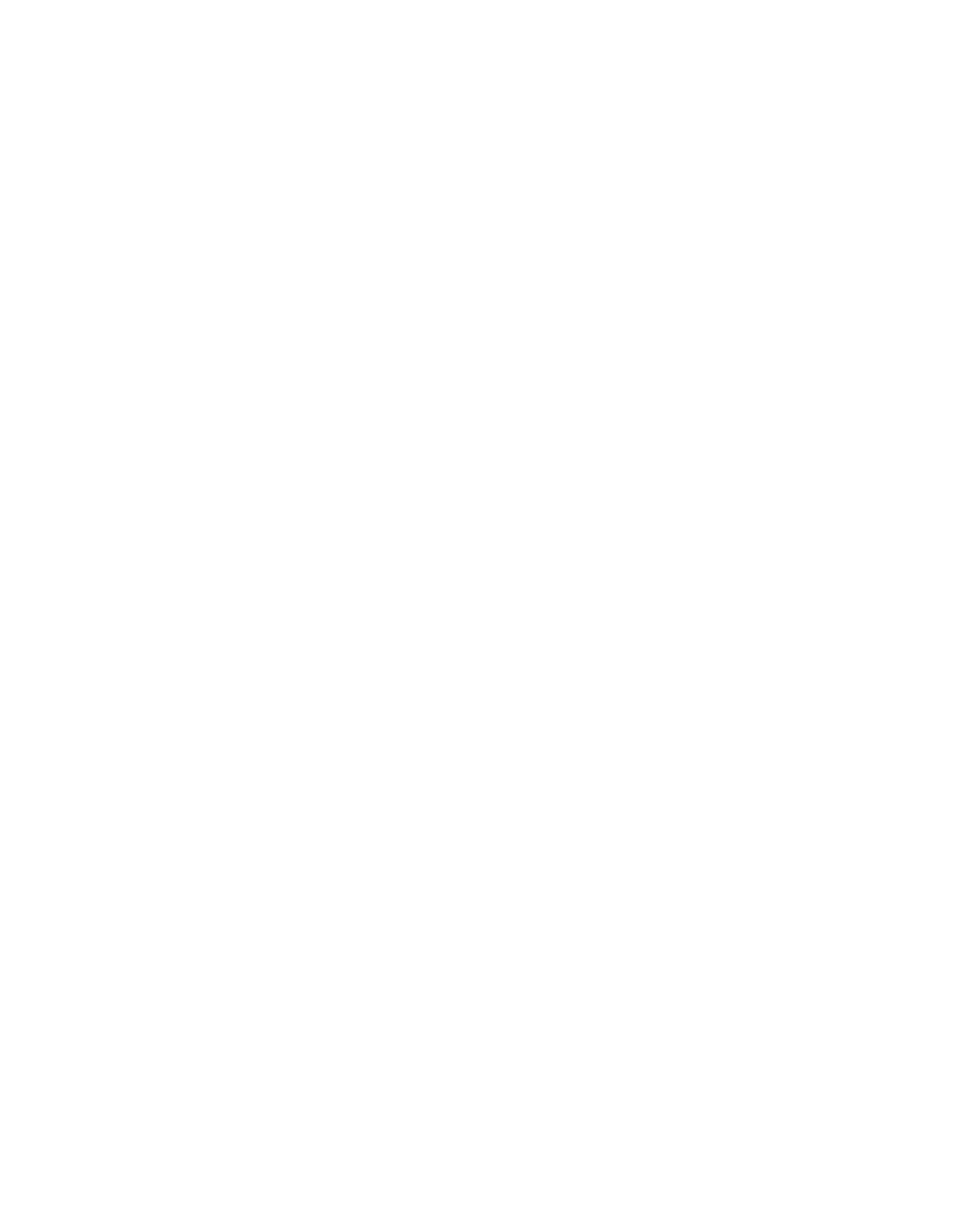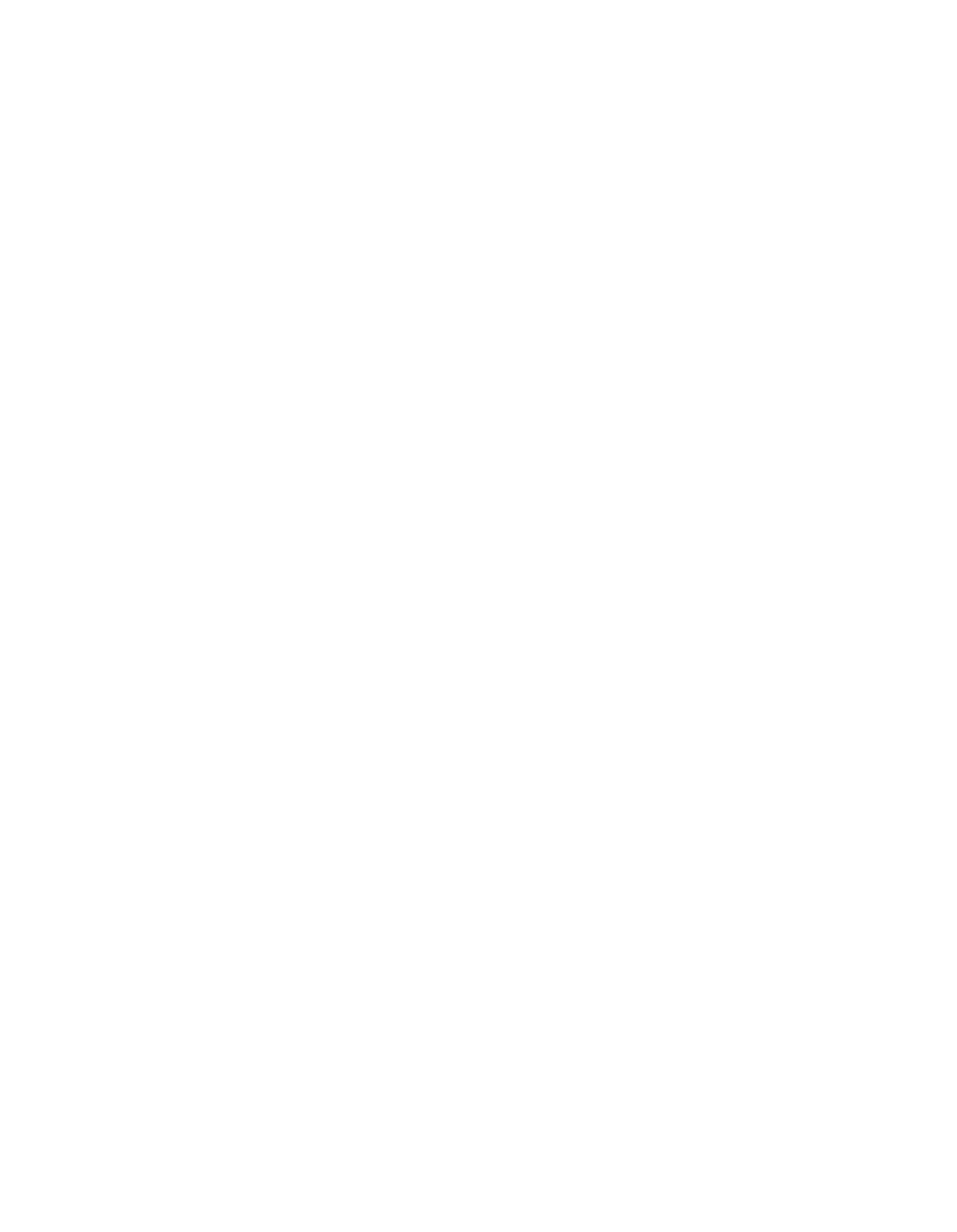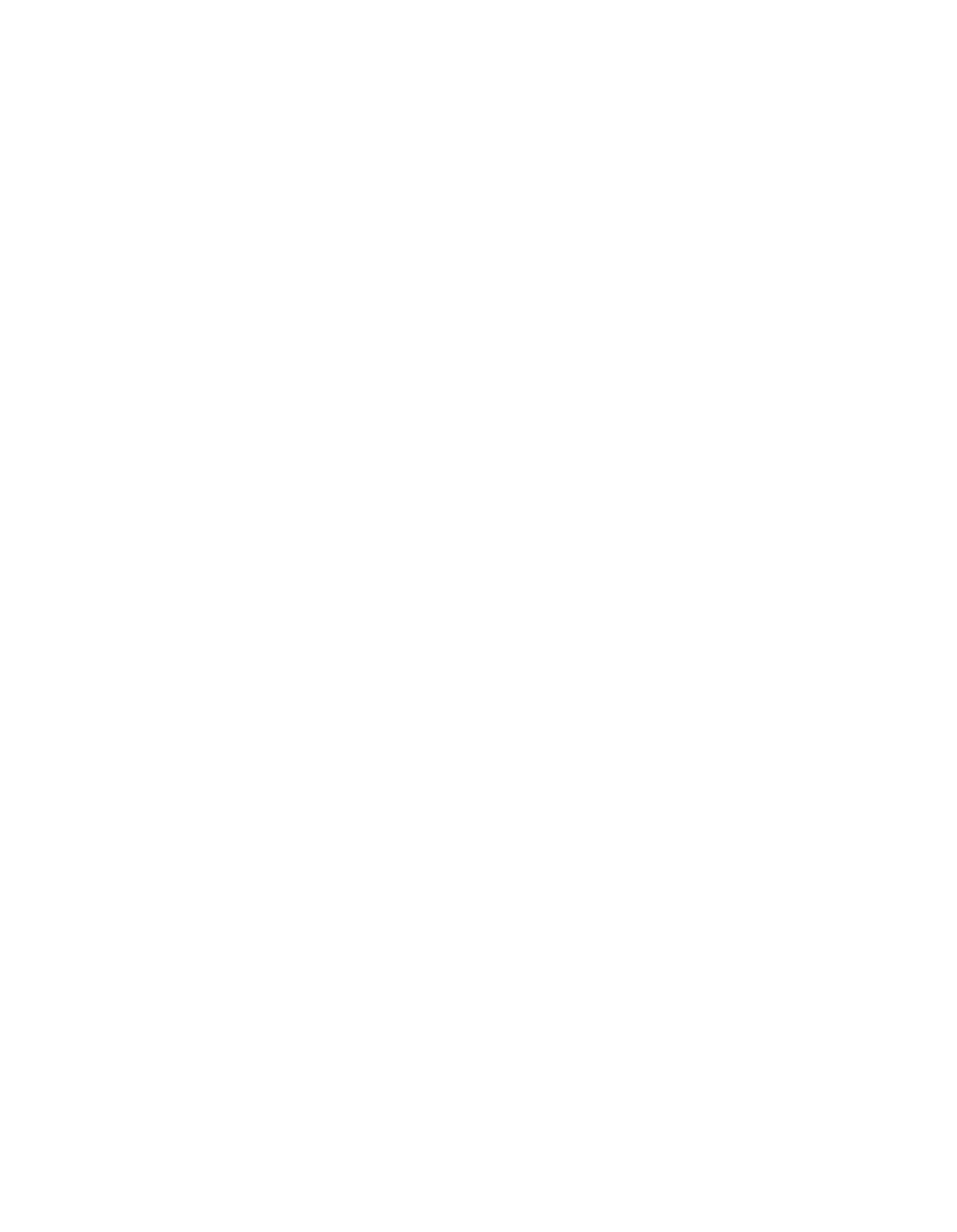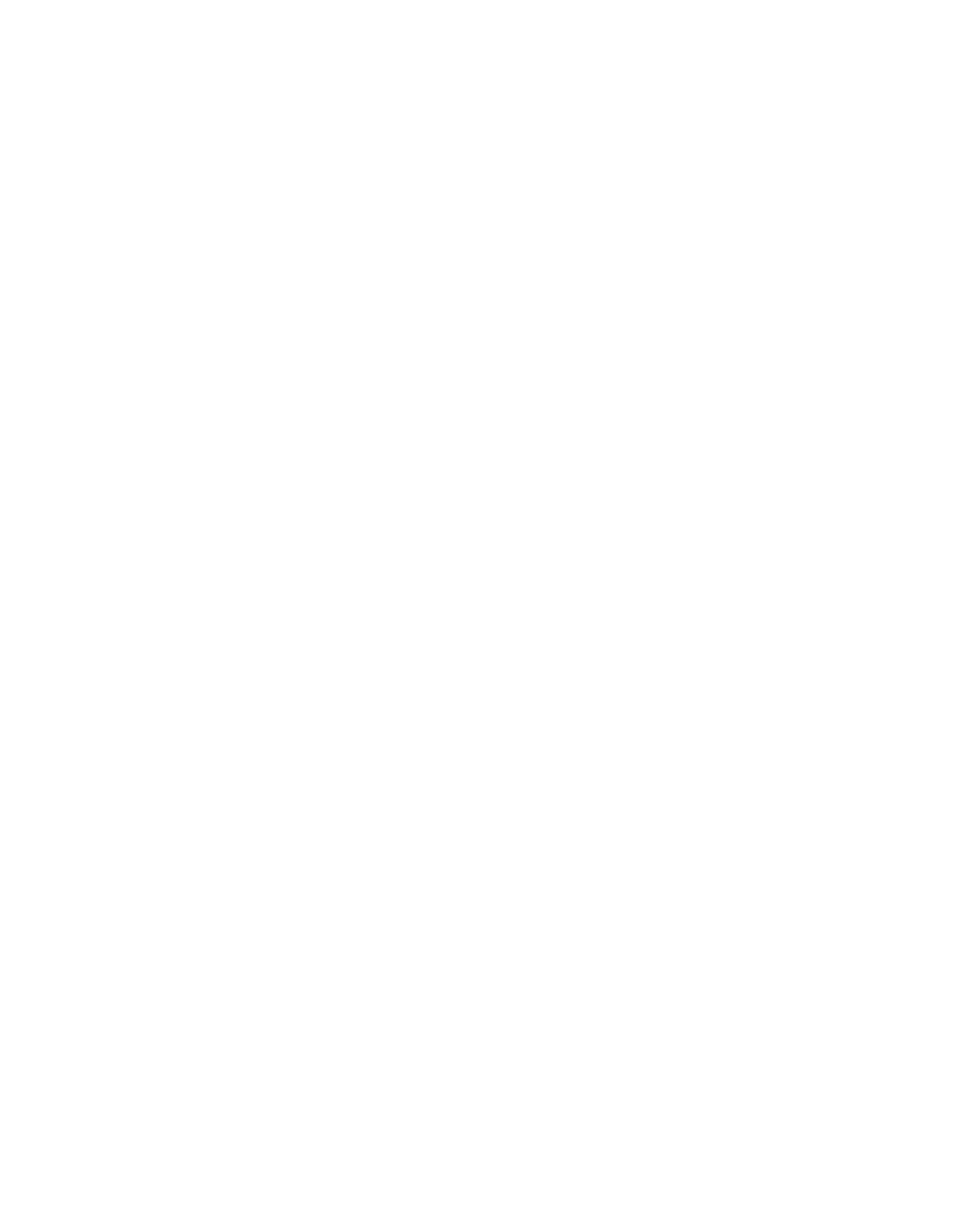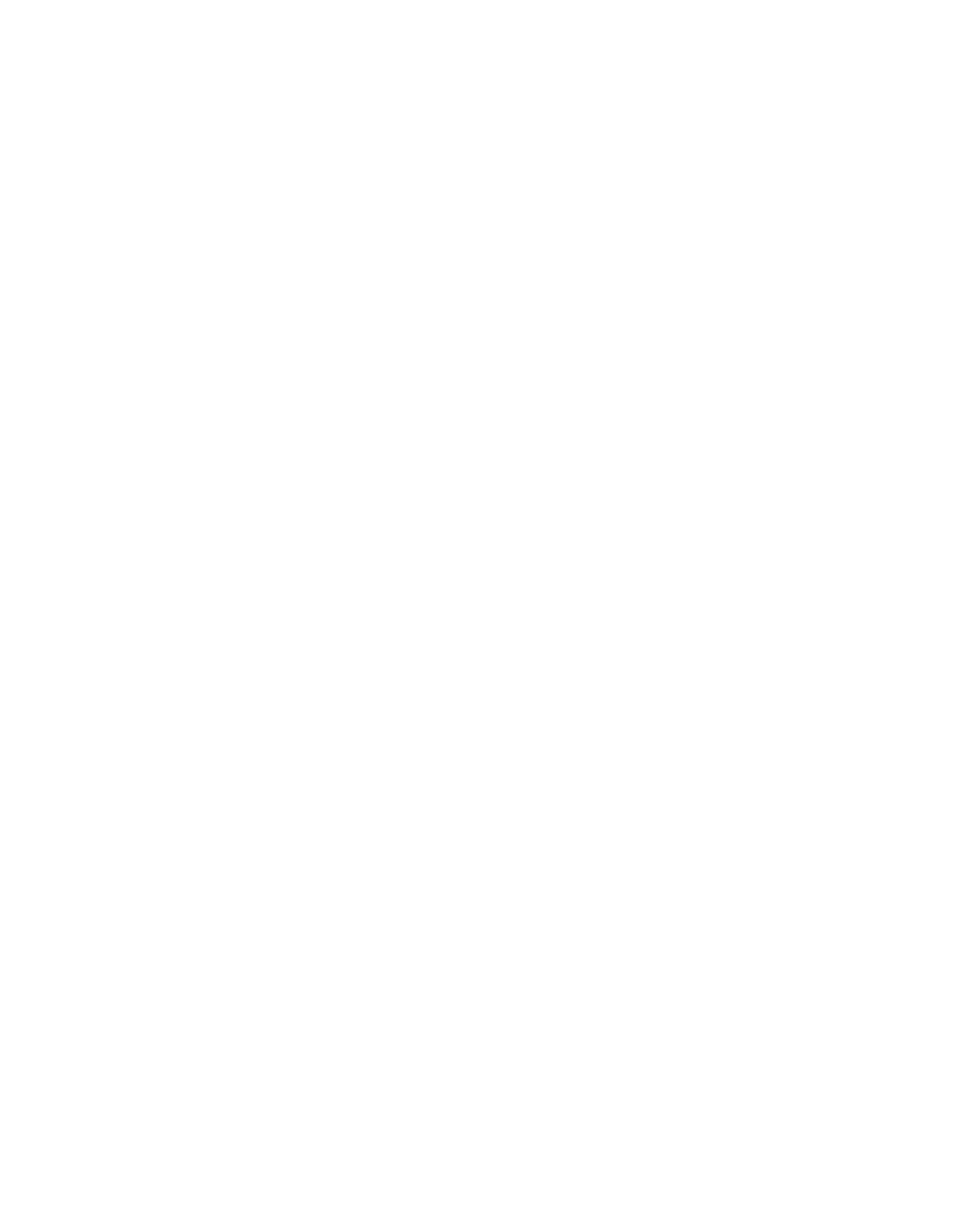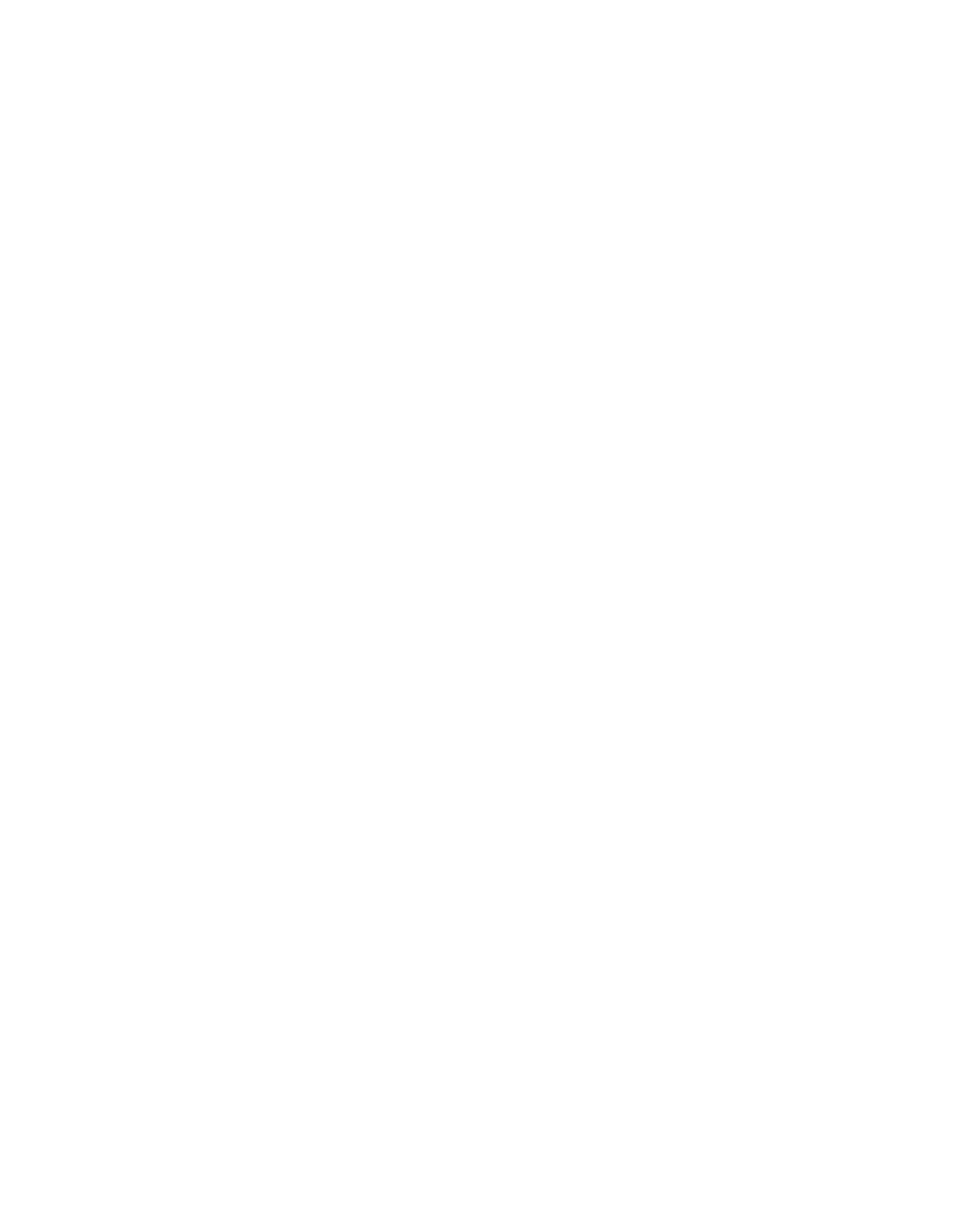ILLINOIS POLLUTION CONTROL BOARD
March
19,
1987
IN THE MATTER OF:
VOLATILE ORGANIC MATERIAL
)
R82-14
EMISSIONS FROM STATIONARY
SOURCES:
RACT III
ADOPTED RULE
FINAL ORDER
OPINION AND
ORDER
OF THE BOARD
(by B. Forcade):
This matter comes before
the Board on an August
26,
1985,
Illinois Environmental Protection Agency
(“Agency”) motion
to
reopen the record
in this regulatory proceeding concerning the
internal offset rule (Section 215.207), coke manufacture and by-
product recovery (Part
215, Subpart
U)
and petroleum solvent
dry
cleaners
(Part 215, Subpart Z).
That motion was granted and
hearings were authorized on September 20,
1985.
This opinion and
order addresses the Agency’s regulatory proposal regarding
petroleum dry cleaners.
The Agency amended its regulatory proposal on November
25,
1985.
Hearings were held December
2 and
3,
1985,
in Chicago and
March
20 and
21, 1986,
in Bolingbrook.
The Agency made final
amendments to its proposal on May 8,
1986,
in response
to
testimony and comments made at hearing by the Illinois Fabricare
Association (“IFA”).
The Department of Energy and Natural
Resources (“DENR”)
issued a letter of negative declaration of
economic impact, obviating the need
for further economic analysis
of the proposed rules,
on March 24,
1986.
The concurrence of the
Economic and Technical Advisory Committee to the DENR was filed
on May 22,
1986.
The record
in this matter closed on June 12,
1986 (Hearing Officer Order,
May 29,
1986).
On September 11,
1986, the Board proposed regulatory
language
for first notice comment which was published at 10
Ill.
Reg.
16142, October
3,
1986.
The statutory 45—day comment period
ended on November
17,
1986.
The Agency filed first notice
comments on October
24,
1986
(P.C.
97).
The Administrative Code
Unit of the Secretary
of State’s Office also filed comments
regarding non—substantive format changes.
The Board proposed the
rules
for second notice Joint Committee on Administrative Rules
(JCAR)
review on December
5,
1986.
The Administrative Code
Unit’s comments were incorporated
in the second notice Order.
The Board acknowledges the contributions
of David G.
Mueller, hearing officer,
in this proceeding.
76-416
—2—
JCAR issued
a Certification
of No Objection on March
4,
1987,
on
the condition that certain modifications were made at final
notice.
These changes are reflected
in today’s Order and will be
discussed further, below.
This
is one of
a series of Board actions directed at
promulgating rules implementing reasonably available control
technology (“RACT”)
for the control of ozone precursors from
existing major stationary sources (emissions greater than 100
tons/year).
The implementation of RACT
in non—attainment areas
for ozone
is required as
a part of a federally approvable state
implementation plan
(“SIP”)
under the federal Clean Air Act
(“CAA”)
(42 U.S.C. 7401 et seq.).
Section 172 of the CAA
requires that RACT be implemented at existing stationary sources
in the non—attainment areas of those states needing an extension
from the 1982 deadline until
1987 to achieve the air quality
standard for ozone.
Illinois
is such a state,
having requested
the extension in its 1979 and 1982 SIP.
The definition of RACT is contained in 40 CFR 51, along with
the requirements
for
a federally acceptable SIP.
However, the
specific parameters of what constitutes reasonably available
controls, and, therefore,
the parameters which the states must
adopt to insure that RACT is implemented,
are not.
Instead,
the
United States Environmental Protection Agency (“USEPA”) publishes
a series
of documents entitled “Control Technique Guidelines”
(“CTGs”).
Each of the CTGs, which
are summaries of industry
specific case studies, contains the means and the degree of
control which the USEPA requires the state
to adopt categorically
as part of its SIPs in order
to have an acceptable SIP.
Failure
to adopt rules identical
to those presented in the CTGs, or other
ones demonstrated by the individual state as comparable, can mean
that the state will have an inadequate
SIP, which
in turn can
trigger the sanction provisions of the CAA found at
Sections 110,
113 and 176
(42 U.S.C.A. 7410,
7413, 7506).
While
the mandate
for sanctions
is contained
in the Clean Air Act, the mandate to
adopt the CTGs or
otherwise demonstrate
a state rule to be
comparable
is not.
It is not even contained
in the federal
regulations,
but instead
is articulated
in the “General Preamble
for Proposed Rulemaking and Approval of State Implementation Plan
Revisions for Non—attainment Areas”
(44 FR 20372).
This federal policy statement includes yet another
requirement which
is relevant to this rulemaking.
The USEPA
allows the states until the January after one year from the
finalization of a CTG to adopt either
the “rules” contained
therein,
or comparable rules,
if sources covered by that
particular
CTG are within
a state’s non—attainment areas.
A
final CTG
for petroleum dry cleaners was issued
in September of
1982
(Ex.
29(c))
76-417
—3—
The Board,
in
a prior opinion, declined
to adopt rules
regulating petroleum dry cleaners as neither of the two
facilities known to exist
in the state would have been subject to
the rules
as proposed.
One facility fell below the regulatory
quantity of emissions threshold and the other facility was
located
in an attainment county and utilized a different process
than envisioned by the proposed rules
(Board Opinion, August 22,
1984,
pp.
39—40).
At hearings held December
2 and
3,
1985, the
Agency identified two major stationary sources located
in non—
attainment areas that would be regulated.
Petroleum solvent dry cleaning
is a batch process in which
articles are washed and dried
in separate operations.
Articles
are sorted and placed
in appropriate washers where they are then
agitated
in the petroleum solvent.
Heavily soiled articles may
go through two or more wash cycles;
the first
is with recycled,
soiled solvent and the second
is with clean solvent.
After
completion of the wash cycle, the articles are spun at high
speeds
to remove excess solvent, usually
in the same equipment
used for washing, but sometimes
in a separate, high speed
centrifugal extractor.
The soiled solvent extracted during the
spin cycle may be passed through
a filter
to remove insoluble
soils or passed to a vacuum still where the solvent
is purified,
or both.
The distilled solvent is pumped
to a holding tank or
is
returned to the washer/extractor.
When the spin cycle has
terminated, articles are transferred from the washer/extractor to
a dryer
(tumbler)
(R.
3194—95).
The CTG lists
the major emission sources
as the dryers,
solvent filtration systems and miscellaneous fugitive sources.
The nominal emission rate from
a standard petroleum solvent dryer
is 14 kg to 18
kg volatile organic material (“VOM”)
per
100 kg of
dry weight of
articles cleaned.
Proposed Section 2l5.607(a)(l)
would require
this rate to
be reduced to 3.5 kg VOM per
100 kg of
dry weight which amounts
to
a RACT control efficiency of
75 to 81
percent.
The normal control method for achieving this reduction
would be
to install recovery dryers
in place of
standard
dryers.
A solvent recovery dryer has a condenser to remove
solvent vapor
from the dryer exhaust by condensation
(R.
3195).
The emissions
from the solvent filtration system are those
released from the diatomite filter systems, which
the CTG
estimates as
8 kg VOM per 100 kg of clothing throughput.
Proposed Section 2l6.607(b)(l) would require reduction
to 1.0
kg
per 100
kg
throughput for an average control efficiency of 88
percent.
The CTG—recommended control method to achieve this
reduction would be
to install cartridge filters
in place of
diatomite filters.
The emissions from cartridge filters are
derived from fugitive emissions due to leaks and cartridge filter
replacement, as well
as from the solvent contained in the
disposed cartridge.
The emissions were estimated by. the CTG to
range from 0.35
to 0.75 kg VOM per 100
kg clothing throughput
(R.
3195—3196).
76-418
—4—
The other sources,
i.e.,
the vacuum still waste and the
miscellaneous fugitive sources are grouped in one general
category of fugitive emissions.
The CTG states that improved
operation of equipment, good housekeeping practices and
inspection and repair of leaks should reduce emissions to 4.0
kg
solvent per 100 kg dry weight.
Considering these control
measures as a whole,
the reductions required by the proposed
rules would give emissions of 8.5 kg volatile organic material
per 100 kg
of clothing processed
(R.
3196).
The Agency conducted
a field survey of petroleum dry
cleaning
facilities
in non—attainment areas.
Six plants were
identified
in Cook County.
Four plants have emissions less than
100 tons/year and would be exempted by proposed Section
215.611.
One of the two plants affected by the proposal, A.W.
Zengler,
has already installed four recovery dryers and cartridge
filters.
RACT compliance
for this plant would require
installation of
four more recovery dryers.
The other affected
plant, Careful Cleaners, has seven standard dryers and would have
to install five or six recovery dryers (depending upon size
chosen)
and to replace four diatomite filters with 11 cartridge
filters.
The anticipated reductions from A.W.
Zengler would be
approximately 51
tons/year and from Careful 82 tons/year.
These
reductions are based upon the assumption that installation of
RACT controls would reduce emissions to the level of 8.5 kg VOM
per 100
kg dry clothing from the 14.8
kg VOM for A.W. Zengler and
from 30.4 kg VOM from Careful
(R.
3197—3199,
Ex. 90).
Based
upon the cost information provided by the CTG, control
costs were developed
for
the two plants affected by the proposed
regulation.
The resultant costs are $350 per ton for A.W.
Zengler and $650
per ton
for Careful
(R.
3199—3202).
These
estimates are well within the ranges of control costs for other
RACT categories.
Industry has not refuted these cost estimates.
At the December
2, 1985,
and March 20,
1986, hearings,
the
IFA presented oral
arid
written comments on the Agency proposal
(R.
3208—3214,
3668—3670,
P.C.
74).
While expressing agreement
with the Board’s earlier decision not to regulate this segment
of
the
industry,
they indicated that they had no real opposition to
the rule and,
after review by their association technical staff,
suggested certain refinements and improvements
to the Agency
proposal.
These have been incorporated
in the Agency’s most
recent amended proposal
(Motion to Supplement the Record and to
Propose Adoption of Regulations Applying to Petroleum Solvent Dry
Cleaners, May 8, 1986).
The geographical applicability of the proposed rules
is more
limited
than the earlier
1982 proposal.
The current proposal
is
applicable
in counties that are either non—attainment counties
for ozone or are
part of the major urbanized areas associated
with the non—attainment counties.
The Agency moved to amend
76-419
—5—
their proposal by adding Macoupin County on May 8,
1986
(Id.)
While no major petroleum dry cleaning facilities are located in
Macoupin County,
1985 air monitoring data indicates that Macoupin
County is non—attainment
for ozone.
The Agency’s proposal in
this subcategory
is consistent with the recent scope of
applicability proposed by the Board in another RACT proceeding,
R85—2l.
The Agency’s first notice comments respond to a Board
request
in the September
11,
1986, Opinion regarding proposed
Section 215.612(b).
That subsection provided that should an
attainment county be redesignated as non—attainment at some point
in the future that the regulations shall be applicable
to that
county and contiguous counties.
The Agency moved to withdraw
that subsection as it was of dubious legality and was not
considered an essential element or necessary for federal approval
(P.C. 97).
That subsection,
along with Section 215.613(b)
and
(C),
was withdrawn at second notice.
In response to the
Administrative Code Unit’s comments, Section 215.610(b)
and
(C)
were modified at second notice.
At second notice, the Board modified the deadline for
submission of a compliance plan.
Under
the language of Section
215.613(a) proposed at first notice, the deadline for compliance
plans was December
31,
1986, which was clearly not
a feasible
date.
The Board
proposed
instead, the date of May
31,
1987.
During
the second notice JCAR review, the Board agreed to
make the following modifications:
1) to delete Section
215.608(b)(l)(B);
2)
to add
to the end
of Section 2l5.608(b)(2)
the following:
“Criteria for the minimization of solvent vapor
emissions include the elimination of solvent buckets and barrels
standing open to the atmosphere, and the repair of gaskets and
seals that expose solvent—rich environments
to the atmosphere,
to
be determined through visual
inspection.”;
3)
to delete Section
2l5.609(a)(5);
4)
to add
in Section 215.610(b)
“(1982) and does
not include any later amendments
or editions” after
“EPA—450/3—
82—009.”;
5)
to delete the phrase “or by procedures approved by
the USEPA” from the last line of Section 215.610(b);
6)
to add
“and does not include any later amendments
or editions”
at the
end
of Section 215.610(b);
and 7)
to delete the first sentence of
Section 215.608 and
to replace
it with the following:
“In order
to minimize fugitive solvent emissions, the owner or operator
of
a petroleum solvent dry cleaning facility shall employ good
housekeeping practices including the following:”.
The Board will adopt
rules
regulating petroleum dry cleaners
for final notice as a final CTG for this category has been
issued,
sources
in non—attainment areas have been identified and
the rules constitute
RACT.
Cost effectiveness of RACT reductions
are within a reasonable range.
A total
of 133 tons/year of VOM
emissions will be eliminated in the Chicago area,
a non—
76.420
—6—
attainment area for ozone.
This action will also help fulfill
the state’s legal obligations
to demonstrate that existing major
stationary emission sources
in non—attainment areas are subject
to regulations representing RACT.
ORDER
The Clerk of the Pollution Control Board
is directed
to
submit
the following adopted rule to the Secretary of State
for
final notice:
TITLE 35:
ENVIRONMENTAL PROTECTION
SUBTITLE
B:
AIR POLLUTION
CHAPTER
I:
POLLUTION CONTROL BOARD
SUBCHAPTER
C:
EMISSION STANDARDS
AND
LIMITATIONS FOR STATIONARY SOURCES
PART 215
ORGANIC MATERIAL EMISSION STANDARDS AND LIMITATIONS
SUBPART A:
GENERAL PROVISIONS
Introduction
Clean—up and Disposal Operations
Testing Methods
Abbreviations and Conversion Factors
Definitions
Incorporations by Reference..
Afterburners
SUBPART B:
ORGANIC EMISSIONS FROM STORAGE
AND
LOADING OPERATIONS
Storage Containers
Loading Operations
Petroleum Liquid Storage Tanks
External Floating Roofs
Compliance Dates and Geographical Areas
Compliance Plan
SUBPART C:
ORGANIC EMISSIONS FROM
MISCELLANEOUS EQUIPMENT
Separation Operations
Pumps and Compressors
Vapor Blowdown
Safety Relief Valves
Section
215.100
215.101
215.102
215.103
215.104
215.105
215.106
Section
215
.
121
215.122
215.123
215.124
215.125
215.126
Section
215.141
215.142
215.143
215.144
76-42 1
—7—
SUBPART E:
SOLVENT CLEANING
SUBPART
F:
COATING OPERATIONS
Section
215.202
215.204
215.205
215 .206
215
.
207
215.208
215.209
215.210
215.211
215.212
215
.
213
Section
215.301
215.302
215.303
215.304
215. 305
Section:
215.340
215.342
215. 344
215.345
215.346
215.347
Compliance Schedules
Emission Limitations
for Manufacturing Plants
Alternative Emission Limitations
Exemptions from Emission Limitations
Internal Offsets
Testing Methods
for Solvent Content
Exemption from General Rule on Use of Organic Material
Alternative Compliance Schedule
Compliance Dates and Geographical Areas
Compliance Plan
Special Requirements for Compliance Plan
SUBPART
K:
USE OF ORGANIC MATERIAL
Use
of Organic Material
Alternative Standard
Fuel Combustion Emission Sources
Operations with Compliance Program
Viscose Exemption
(Repealed)
SUBPART N:
VEGETABLE OIL PROCESSING
Hexane Extraction Soybean Crushing
Hexane Extraction Corn Oil Processing
Recordkeeping for vegetable Oil Processes
Compliance Determination
Compliance Dates and Geographical Areas
Compliance Plan
SUBPART P:
PRINTING AND PUBLISHING
Section
215.181
215.182
215.183
215.184
215.185
Solvent Cleaning
in General
Cold Cleaning
Open Top Vapor Degreasing
Conveyorized Degreasing
Compliance Plan
76.422
—8—
Flexographic and Rotogravure Printing
Exemptions
Applicability of Subpart K
Testing and Monitoring
Compliance Dates and Geographical Areas
Alternative Compliance Plan
Compliance Plan
SUBPART
Q:
SYNTHETIC ORGANIC CHEMICAL AND POLYMER
MANUFACTURING
General Requirements
Inspection Program Plan for Leaks
Inspection Program for Leaks
Repairing Leaks
Recordkeeping for Leaks
Reporting for Leaks
Alternative Program for Leaks
Compliance Dates and Geographical Areas
Compliance Plan
SUBPART
R:
PETROLEUM REFINING AND RELATED
INDUSTRIES;
ASPHALT MATERIALS
Section
215.441
215.442
215.443
215.444
215.445
215.446
215.447
215.448
215.449
215.450
215.451
215.452
215.453
Petro~1eumRefinery Waste Gas Disposal
Vacuum Producing Systems
Wastewater (Oil/Water) Separator
Process Unit Turnarounds
Leaks:
General Requirements
Monitoring Program Plan for Leaks
Monitoring Program for Leaks
Recordkeeping for Leaks
Reporting for Leaks
Alternative Program for Leaks
Sealing Device Requirements
Compliance Schedule for Leaks
Compliance Dates and Geographical Areas
SUBPART 5:
RUBBER
AND
MISCELLANEOUS
PLASTIC PRODUCTS
Manufacture
of Pneumatic Rubber Tires
Green Tire Spraying Operations
Alternative Emission Reduction Systems
Testing and Monitoring
Section
215.401
215.402
215.403
215.404
215.405
215.406
215.407
Section
215.420
215.421
215.422
215.423
215.424
215. 425
215.426
215.427
215.428
Section
215.461
215.462
215.463
215.464
76.423
—9—
215.465
Compliance Dates and Geographical Areas
215.466
Compliance Plan
SUBPART U:
COKE MANUFACTURE AND
BY-PRODUCT RECOVERY
Section
215.500
215.510
215.512
215 .513
215.514
215.515
215.516
215.517
Exception
Coke By—Product Recovery Plants
Coke By—Product Recovery Plant
Leaks
Inspection Program
Recordkeeping Requirements
Reporting Requirements
Compliance Dates
Compliance Plan
SUBPART
W:
AGRICULTURE
Section
215.541
Pesticide Exception
Architectural Coatings
Paving Operations
Cutback Asphalt
Bulk Gasoline Plants
Bulk Gasoline Terminals
Gasoline Dispensing Facilities
Section
215.601
215.602
215.603
215.604
215.605
215.606
215.607
205.608
215.609
Perchloroethylene Dry Cleaners
Exemptions
Testing and Monitoring
Compliance Dates and Geographical Areas
Compliance Plan
Exception to Compliance Plan
Standards for Petroleum Solvent Dry Cleaners
Operating Practices for Petroleum Solvent Dry Cleaners
Program
for
Inspection and Repair of Leaks
SUBPART X:
CONSTRUCTION
Section
215.561
215.562
215.563
Section
215.581
215.582
215.583
SUBPART Y:
GASOLINE DIEflUBUTION
SUBPART Z:
DRY CLEANERS
76-424
—10—
215.610
215.611
215.612
215.613
Testing and Monitoring
Exemption for Petroleum Solvent Dry Cleaners
Compliance Dates and Geographical Areas
Compliance Plan
Appendix
Appendix
Appendix
Appendix
A
Rule into Section Table
B
Section into Rule Table
C
Past Compliance Dates
D
List of Chemicals Defining Synthetic Organic
Chemical and Polymer Manufacturing
AUTHORITY:
Implementing Section 10 and authorized by Section 27
of the Environmental Protection Act (Ill. Rev.
Stat.
1985,
ch.
l1l~/~
pars.
1010 and 1027).
SOURCE:
Adopted as Chapter
2:
Air Pollution, Rule 205:
Organic Material Emission Standards and Limitations, R71—23,
4 PCB 191,
filed and effective April
14,
1972;
amended
in
R77—3,
33 PCB 357, at
3
Ill. Reg.
18,
p.
41, effective
May 3,
1979;
amended
in R78—3 and R78—4,
35 PCB 75, at
3 Ill.
Reg.
30,
p.
124, effective July 28, 1979;
amended
in R80—5
at
7
Ill. Reg.
1244, effective January
21,
1983;
codified
at
7
Ill. Reg.
13601; Notice of Corrections at
7
Ill.
Reg.
14575;
amended
in R82—l4
at
8
Ill. Reg.
13254,
effective
July 12,
1984;
amended
in R83—36 at
9
Ill. Reg.
9114,
effective
May 30,
1985;
amended
in R82—14
at
9
Ill.
Reg.
13960, effective
August 28,
1985; amended
in R82—l4 at
___
Ill.
Reg.
________
effective ___________________________
PART 215
ORGANIC MATERIAL EMISSION STANDARDS AND LIMITATIONS
SUBPART
A:
GENERAL PROVISIONS
Section 215.104
Definitions
“Volatile Organic Material”:
Any organic material which
has
a vapor pressure of 17.24 kPa (2.5 psia)
or greater
at 294.3 K (70°F). For purposes of this definition,
the
following are not volatile organic materials:
Methane
Ethane
1 ,1,l—trichloroethane
Methylene chloride
Tr ichlorofluoromethane
Dichlorodifluoromethane
Chlorodifluoromethane
Trifluoromethane
Trichlorotrifluoroethane
Chioropentafluoroethane
For purposes
of the following Sections, volatile organic
materials are any organic materials having
the
corresponding vapor pressures at 294.3
K (70°F):
76.425
—11—
Sections
Vapor Pressure
215.181
—
215.184
0.013 kPa
(
.0019 psia)
215.104
—
215.209
0.013 kPa
(
.0019 psia)
215.340
—
215.345
0.013 kPa
(
.0019
psia)
215.401
—
215.408
0.013 kPa
(
.0019 psia)
215.420
—
215.428
0.013 kPa
(
.0019 psia)
215.441
—
215.444
10.34
kPa
(1.5
psia)
215.445
—
215.451
0.013 kPa
(
.0019 psia)
215.461
—
215.464
0.013 kPa
(
.0019 psia)
215.510
—
215.513
0.013
kPa
(
.0019 psia)
215.601
—
2l5.69~l3
0.013 kPa
(
.0019 psia)
(Source:
Amended at
Ill. Reg.
_______,
effective
_________)
SUBPART
Z:
DRY CLEANERS
Section 215.607
Standards for Petroleum Solvent Dry Cleaners
a)
The owner
or operator
of a petroleum solvent dry
cleaning dryer
shall either:
1)
Limit emissions
of volatile organic material
to the
atmosphere to
an avera~eof 3.5 kilograms
of
volatile organic material per 100 kilograms dry
weight of articles dry cleaned,
or
2)
Install and operate
a solvent recovery dryer
in a
manner such that the dryer remains
closed and the
recovery phase continues until a final solvent flow
rate of
50 milliliters per minute
is attained.
b)
The owner or operator
of
a petroleum solvent filtration
system
shall either:
1)
Reduce the volatile organic material content
in all
filtration wastes
to 1.0 kilogram or less per 100
kilograms dry weight of articles dry cleaned,
before disposal, and exposure
to the atmosphere,
or
~j
Install and operate
a cartridge filtration system,
and drain the filter cartridges
in their
sealed
housings for
8 hours or more before their removal
(Source:
Added at
Ill.
Reg.
_______,
effective
___________)
Section 215.608
Operating Practices for Petroleum Solvent Dry
Cleaners
76.426
—12—
In order
to minimize fugitive solvent emissions,
the owner
or
operator
of
a petroleum solvent dry cleaning facility shall
employ good housekeeping practices including the following:
a)
General Housekeeping Requirements
1)
Equipment containing solvent (washers,
dryers,
extractors and filters)
shall remain closed at all
times except during load transfer and
maintenance.
Lint filter and button trap covers
shall
remain closed except when solvent—laden
material
is being removed.
~j
Cans,
buckets,
barrels and other containers of
solvent or
of solvent—laden material shall be
covered except when in use.
~j
Solvent—laden material shall be exposed to the
atmosphere only for the minimum time necessary for
load transfer.
b)
Installation and operation of equipment
1)
All cartridge filters shall
be installed and
operated
in accordance with the procedures and
specifications recommended by the manufacturer for
the cartridg~efilter.
After installation,
the
cartridges shall be inspected, monitored and
maintained
in accordance with
the manufacturer’s
recommendations;
and
2)
Vents on containers for new solvent and for
solvent—containing waste shall be constructed and
maintained so as to minimize solvent vapor
emissions.
Criteria for the minimization of
solvent vapor emissions include the elimination of
solvent buckets and barrels standing open to the
atmosphere, and the repair of gaskets and seals
that expose solvent-rich environments
to the
atmosphere,
to be determined through visual
inspection.
(Source:
Added at
Ill. Reg.
_______,
effective
________
)
Section 215.609
Program for Inspection and Repair
of Leaks
a)
The owner or operator
of
a petroleum solvent dry
cleaning facility shall conduct the following visual
inspections on
a weekly basis:
76.427
—13—
jj
Washers, dryers, solvent filters, settling tanks,
vacuum stills and containers and conveyors of
petroleum solvent shall
be
inspected for visible
leaks of solvent liquid.
2)
Pipes, hoses and fittings shall be inspected for
active dripping or dampness.
3)
Pumps and filters shall be inspected for leaks
around seals and access covers.
4)
Gaskets and seals shall
be inspected for wear and
defects.
b)
Leaks of petroleum solvent liquid and vapors shall be
repaired within
three working days of detection, unless
necessary replacement parts are not on site.
1)
If
necessary,
repair parts
shall be ordered within
three working days of detection of the leak.
2)
The leak shall
be repaired within three days of
delivery of necessary parts.
(Source:
Added at
Ill. Reg.
_______,
effective
___________)
Section 215.610
Testing and Monitoring
a)
Compliance with Sections 2l5.607(b)(2), 215.608 and
215.609 shall
be determined by visual
inspection;
and
b)
Compliance with Sections 2l5.607(a)(2)
and (b)(l)
shall
be determined by methods described in EPA—450/3—82—009
(1982)
and does not include any later amendments or
editions.
c)
If
a control device
is used
to comply with Section
2l5.607(a)(l), then compliance shall
be determined using
40 CFR 60 Appendix A, Method
25
(1984)
and does not
include any later amendments or editions.
(Source:
Added
at
Ill. Reg.
_______,
effective
___________)
Section 215.611
Exemption for Petroleum Solvent Dry Cleaners
The provisions of_~ections215.607 through 215.610 shall not
ap~lyto petroleum solvent dry cleaning facilities whose
emissions
of volatile organic material do not exceed
91 megagrams
(100
tons)
per year inthe absence of pollution control equipment
or whose
emissions
of volatile_organic materi~i,as
limited by
76-428
—14—
the operating permit, will not exceed
91 niegagrams
(100 tons)
per
year
in the absence of pollution control equipment.
(Source:
Added at
Ill.
Reg.
,
effective
___________)
Section 215.612
Compliance Dates and Geographical Areas
Owners and operators
of emission sources located
in the counties
listed below shall
comply with the requirements
of Sections
215.607 through 215.609
as expeditiously as practicable but no
later than December 31, 1987:
Cook
Madison
DuPage
McHenry
Kane
Monroe
Lake
St. Clair
Macoupin
Will
(Source:
Added
at
Ill.
Reg.
_______,
effective
___________)
Section 215.613
Compliance Plan
a)
The owner or operator
of an emission source subject to
Section 215.610(a)
shall
submit to the Agency
a
compliance plan,
including
a project completion schedule
where applicable,
no later
than May 31,
1987.
b)
The plan and schedule shall meet the requirements of
35
Ill. Adm. Code 201.
(Source:
Added at
Ill. Reg.
_______,
effective
____________
IT
IS
SO
ORDERED.
I, Dorothy M. Gunn, Clerk of the Illinois Pollution Control
Board, hereby certify that the above Opinion and Order was
adopted on the
/9~z~-
day of
t~4.’
,
1987,
by a vote
of
-
.
Dorothy M. G~in,Clerk
Illinois Pollution Control Board
76.429
